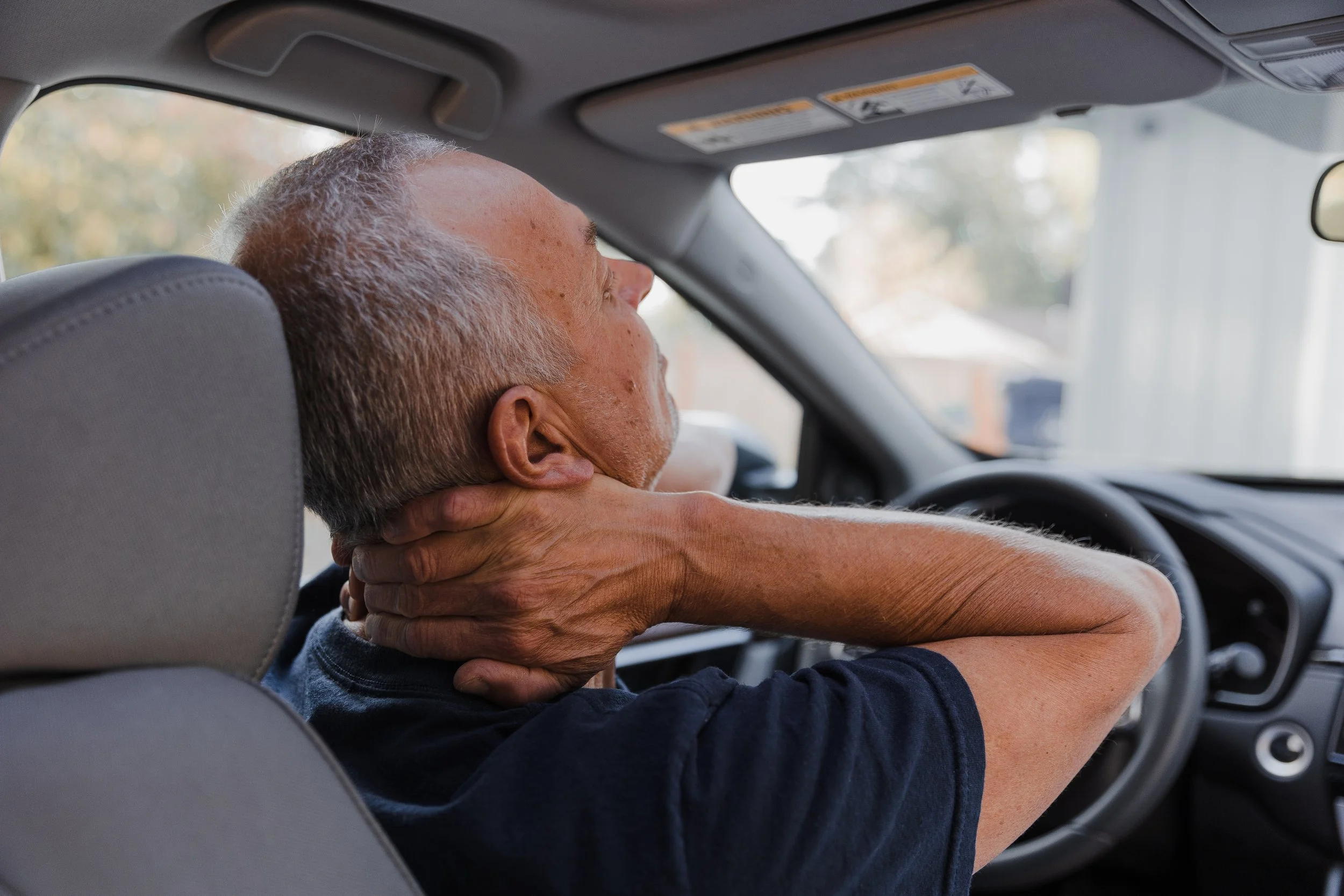I have a backlog of blog topics but ended up moving this one to the top of the list after the Annals of Internal Medicine published their research two weeks ago.
https://annals.org/aim/fullarticle/2752327/patterns-red-processed-meat-consumption-risk-cardiometabolic-cancer-outcomes-systematic
Few topics of nutritional “research” have been as much of a sacred cow (no pun intended), as the idea that red meat is bad for you and needs to be consumed in extremely limited amounts (the other one being saturated fats, which is somewhere in the middle of the blog topic list). This has been a mantra for 30 years or more and has rarely been questioned by mainstream research.
The paper published by the Annals has caused an uproar - on both sides - with one camp saying it is high time to stop demonizing red meats, while the other infuriated by what they see as a dangerous regression of established dietary recommendations with possible adverse consequences for public health.
As the storm settles, it is noteworthy that critiques of the study have very little to say about the methodology and the data of the study itself, the nuts and bolts of the quality of the data, and statistical methods of interpretation. It sifts out a lot of previous studies that include population studies and self reported food intakes, which have tremendous problems with validity and re-producability, looking instead at more controlled ways of correlating actual food intakes with measurable total mortality outcomes.
So where do we stand?
Well, we all have to carefully make up our own minds and understand the benefits and limitations of research, as an evolving science. However, this study was a good wake up call that we should never be so rigid in our dietary practices so as not to revisit some ideas that we have held true for a long time, because new data may show them to be incorrect. I have been asked my opinion about this so many times in the last two weeks that I will reluctantly give you my humble opinion:
Humans are well adapted to eating animal products such as meats and derive high density nutrients from it. We have eaten meat and survived, or thrived with it a lot longer than we have with other newer foods (grains for example).
Red meats have been part of our diet for a very long time, in the form of wild harvested large ruminants and later domesticated versions of those animals. I would not necessarily say the same of processed meats, which are a more recent addition to our diet.
Eating red meats can look very different for different people. Some people eat red meats in the context of a diet rich in plants as well, while some others eat red or processed meats in the context of a highly processed junk food diet. Health outcomes will look very different in those two examples, but large scale population studies cannot differentiate the two. Lots of research points to the fact that higher red meat intake has been mostly studied in developed countries who, as part of their prosperity, are eating red meat along with highly refined diets high in other garbage (sugar, refined seed oil, refined carbs, excess alcohol, excess calories, and low fiber). The latter being possibly the culprit for the poor health outcomes while the red meat, which is actually a whole food, takes most of the blame.
The source and quality of your red meat is also important. A pound of grass fed organic beef has a different nutrient profile than something raised in a commercial feedlot. It also has a vastly different environmental profile on topsoil health, land, water pollution, and carbon/nitrogen sequestration. I am not sold on the whole processed meat part personally. There are very different types of processed meats from the natural salami drying with no preservatives for months on end versus the lunch meat packed with nitrites and sugars.
What source of red meat you eat is important, as well as what you eat along with the meat. Humans have not only eaten red meat for a very long time, they have also eaten a whole bunch of plant based foods along with their meat for a very long time. I don’t think we should take this study as an excuse to turn into exclusive carnivores. But it may set you free to add or keep this highly nutrient dense food in your diet and shore up all the other good plant based food sources as well.





